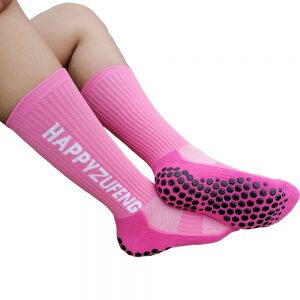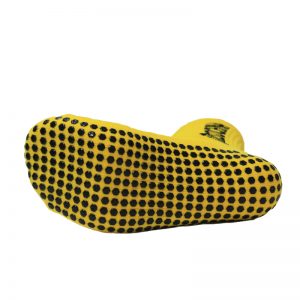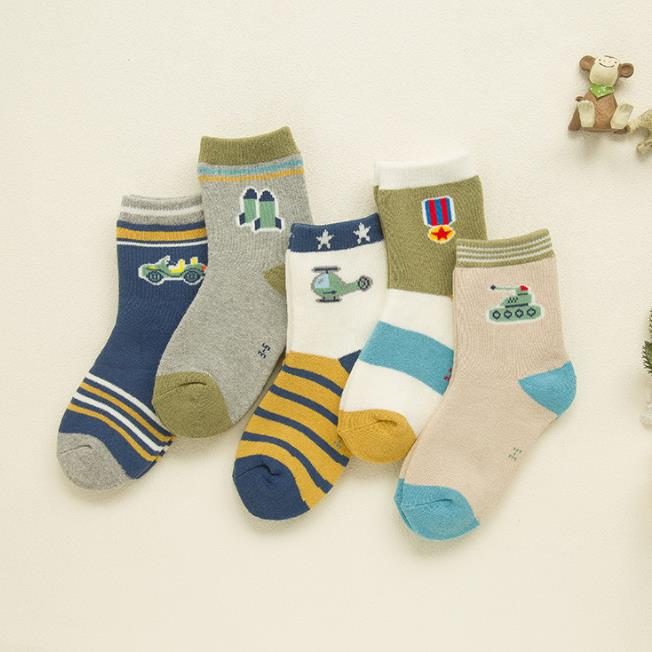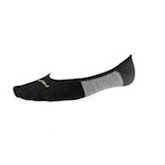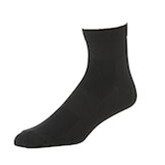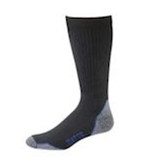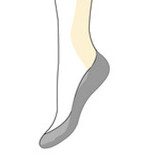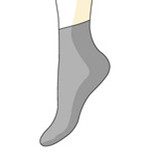Usually when you buy socks, you always want cotton and cotton because you know that cotton absorbs sweat and breathes. But general cotton socks are not 100% cotton in the strict sense, but the content of cotton yarn is between 75% and 80%. Socks need a certain degree of elasticity, which must be added in the weaving process. , Commonly known as silk), such as Lycra, this is the best material for skin (generally not the entire pair of socks are made of Lycra, many socks are specified only for the mouth). In addition, socks’ logos and patterns cannot be woven with cotton. They are woven with hanging threads, and the sock head, heel, and sock are often used for reinforcement and elasticity. Artificial fibers are used. It is between 20% and 40%.Pure cotton socks do not have any elasticity. If socks made of 100% cotton are used, the socks do not have a bit of elasticity, they will become larger once they are worn, they will not shrink, and they are easy to break, which is equivalent to disposable socks. So when we say pure cotton or cotton socks, we mean that the yarns other than elastane and hanging yarn are all cotton.
Generally, cotton can be made into cotton socks at about 75%. The base yarn generally refers to nylon, spandex, polyester, nylon and so on. The function of nylon, spandex, polyester, and nylon is to make cotton socks elastic, strong and wear-resistant, or to be used as decorative pattern materials on socks.
Combed cotton: The combing machine is used to comb the fibers during the processing of cotton fibers, and the various impurities of the fibers are almost completely removed. The cotton textile fabric will feel better.
Mercerized cotton: refers to the mercerizing process of raw cotton fibers under a certain tension in a concentrated alkali solution. The cotton fibers treated by the mercerizing process have a higher gloss than other raw cotton fibers on the premise that the performance of other physical indicators does not change. Better, feel more comfortable, relatively easy to wrinkle.
Cotton socks features:
1. Hygroscopicity; 2. Moisturizing; 3. Heat resistance; 4. Alkali resistance; 5. Hygiene
Disadvantages:
1. Easy to wrinkle; 2. Easy to shrink; 3. Easy to deform
